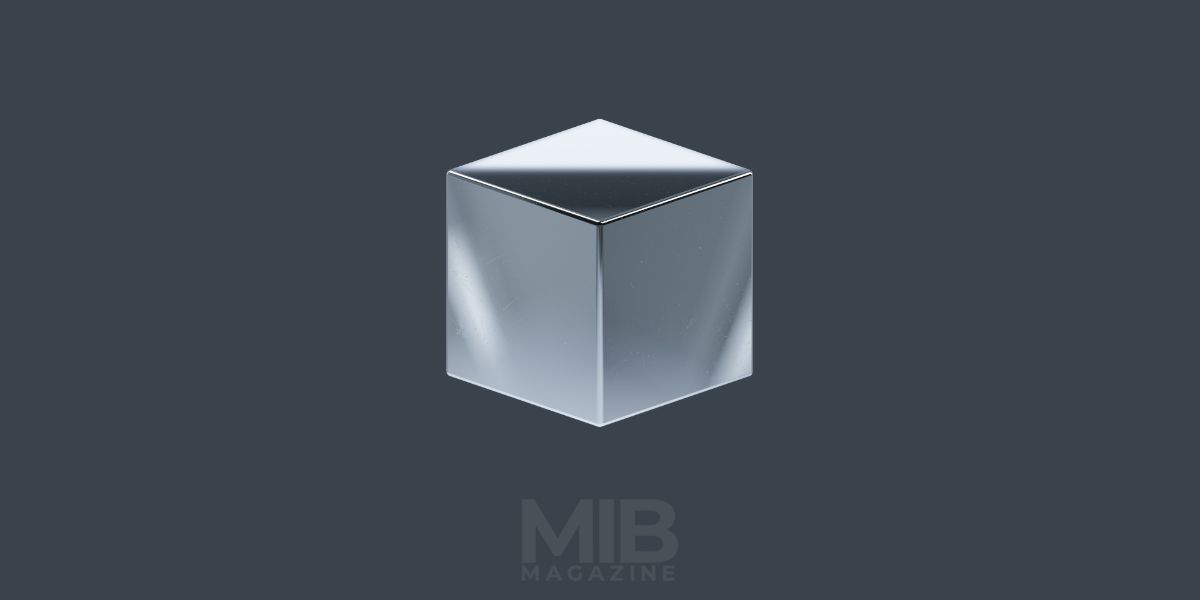From Construction to Manufacturing: The Role of Commercial Metal Usage in Modern Industry

Metal materials have played a pivotal role in various sectors, including construction and manufacturing. In this article, we will explore the importance of commercial metal usage and its impact on these industries.
Usage in Construction Industry:
Metal materials offer several advantages in construction projects. Their durability and structural integrity make them ideal for supporting large structures and providing long-lasting solutions. Also, metals provide flexibility in design possibilities, enabling architects and engineers to create innovative structures using sheet metal. Moreover, metals offer fire resistance and enhance safety in construction. Examples of metal usage in construction include steel frame structures, metal roofing and cladding, as well as metal reinforcements and supports.
Usage in Manufacturing Industry:
Metal materials are integral to the manufacturing sector. Metal fabrication is crucial in the production of components and equipment. Metals are widely used in various industries, such as automotive, aerospace, and electronics. In the automotive industry, metals form the backbone of vehicle structures, ensuring strength and safety. Aerospace manufacturers rely on metals for their lightweight yet strong characteristics, enabling efficient flight. In the electronics and technology sector, metals are essential for circuitry and heat dissipation.
Advancements and Innovations in Metal Usage:
The industry has witnessed significant advancements and innovations in commercial metal usage. New metal alloys and composites have been developed, offering high-strength and lightweight properties. These materials find applications in aerospace, automotive, and other industries where weight reduction is critical. Furthermore, enhanced corrosion resistance has been achieved, prolonging the lifespan of metal components. Integrating metal with other materials, such as metal-plastic hybrids and metal-ceramic composites, has expanded the possibilities of material properties and functionality.
These five innovation points highlight the dynamic nature of the metal usage industry, where advancements in alloy development, additive manufacturing, smart materials integration, sustainable practices, and nanotechnology are shaping the future of metal usage across various sectors.
- Advanced Metal Alloys: The metal usage industry is witnessing the development of advanced metal alloys that possess superior properties such as high strength, lightweight characteristics, and enhanced corrosion resistance. These alloys find applications in aerospace, automotive, and other industries where weight reduction and durability are essential.
- Additive Manufacturing with Metals: Additive manufacturing, also known as 3D printing, has revolutionized the metal usage industry. It allows for the creation of complex metal components with intricate designs, reducing material waste and enabling rapid prototyping. This technology opens up new possibilities for customization, improved efficiency, and cost-effective production.
- Smart Materials Integration: Smart materials, such as shape memory alloys and self-healing metals, are being integrated into the metal usage industry. These materials possess unique properties that allow them to respond to external stimuli or repair themselves when damaged. Smart materials have the potential to enhance product functionality, improve safety, and enable innovative applications.
- Sustainable Metal Production: With increasing environmental concerns, the metal usage industry is actively focusing on sustainable practices. This includes adopting energy-efficient manufacturing processes, implementing recycling programs, and embracing the concept of a circular economy. Sustainable metal production aims to reduce waste, minimize environmental impact, and promote responsible resource management.
- Nanotechnology Applications: Nanotechnology is making significant strides in the metal usage industry. Nanomaterials, such as nanoparticles and nanocomposites, offer enhanced properties such as improved strength, increased surface area, and enhanced electrical conductivity. These materials find applications in various sectors, including electronics, energy storage, and healthcare, opening up new avenues for innovation and advancement.
Challenges and Future Trends:
As the industry progresses, several challenges and future trends have emerged. Environmental considerations and sustainability are gaining prominence. Manufacturers are increasingly focusing on recycling and implementing circular economy practices to reduce waste and minimize the environmental impact of metal production. Additionally, energy-efficient manufacturing processes are being developed to optimize resource usage and reduce greenhouse gas emissions.
Technological advancements are also shaping the future of metal usage. Additive manufacturing, also known as 3D printing, has revolutionized the production of complex metal components, offering design freedom and reducing material waste. Furthermore, smart materials, which can respond to external stimuli and adapt their properties, hold immense potential for various applications in commercial metal usage.
Conclusion:
Commercial metal usage plays a vital role in modern industry, particularly in the construction and manufacturing sectors. Metals provide durability, structural integrity, and design flexibility in construction projects. They are essential components in manufacturing, enabling the production of reliable and efficient machinery and equipment.
The industry continues to witness advancements and innovations in metal materials, leading to the development of high-strength alloys, corrosion-resistant composites, and the integration of metals with other materials. However, as the industry moves forward, addressing environmental concerns and embracing sustainable practices will be crucial. Additionally, technological advancements, such as additive manufacturing and smart materials, will shape the future of metal usage.






